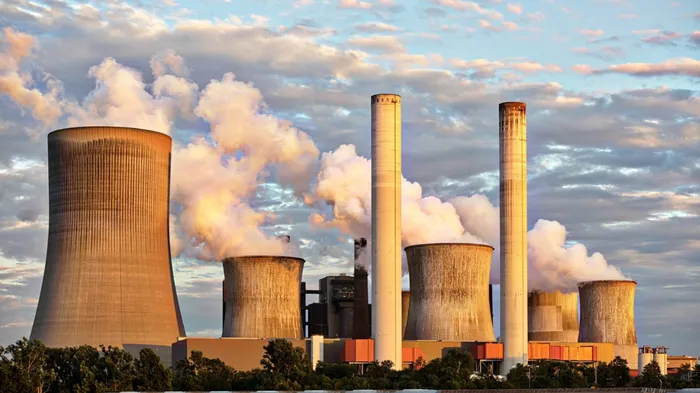Global heatwaves driving up electricity usage, IEA report

Intense heatwaves in the first half of 2024 have strained power systems worldwide. Electricity demand is set to grow rapidly in 2024 and 2025, with solar and wind energy meeting most of the increase. Picture: Benita5 via Pixabay
In 2024 and 2025, the world's electricity consumption is projected to grow at the fastest pace since its post-Covid rebound.
According to a recently published report by the International Energy Agency (IEA), global electricity use is expected to increase by 4% in both 2024 and 2025, driven by robust economic growth, intense heat waves, and continued electrification.
The report, titled, “Electricity Mid-Year Update: July 2024” said that this “marks the highest growth since 2007, barring the sharp rebounds post the global financial crisis and the Covid-induced demand collapse.”
China, India, and the US are at the forefront of this demand spike. China, the world's second largest population, is predicted to see a 6.5% rise in electricity consumption in 2024, driven by robust activities in services industries, solar PV, electric vehicles, and battery production.
Similarly, India’s electricity demand is forecast to rise by 8% in 2024 due to strong GDP growth and heightened cooling demand from prolonged heat waves.
The rise of artificial intelligence has also highlighted the electricity consumption of data centres.
Reliable data on this sector’s electricity use is crucial for understanding future trends. The IEA will address this at the Global Conference on Energy and AI in December.
“Growth in global electricity demand this year and next is set to be among the fastest in the past two decades, highlighting the growing role of electricity in our economies as well as the impacts of severe heat waves,” said Keisuke Sadamori, IEA director of energy markets and security.
May 2024 marked the hottest month on record, leading to surging peak loads and increased cooling needs. Implementing higher efficiency standards for air conditioning and reinforcing power grids will be crucial to managing these impacts.
Despite the sharp rise in electricity use, solar PV and wind power are expected to meet roughly 75% of the global electricity demand increase through 2025. Solar PV generation is set to surpass hydropower in 2024, following a massive 33% year-on-year increase.
By 2025, total renewable generation is poised to overtake coal-fired electricity output. In the European Union, wind and solar PV generation is expected to exceed fossil-fired output by 2024, with renewables accounting for 50% of total generation.
Global nuclear generation is also on track to reach a new high in 2025, supported by new reactors in various markets and increased output from existing ones. However, coal-fired output is expected to remain resilient in 2024 due to strong electricity demand growth, hindering a decline in global power sector CO2 emissions.
Global CO2 emissions from electricity generation are set to plateau through 2025. The slight increase in power sector emissions in 2024 is expected to be followed by a decrease of less than 1% in 2025, driven by a modest fall in coal-fired output and the continued decline in oil-fired generation.
“It’s encouraging to see clean energy’s share of the electricity mix continuing to rise, but this needs to happen at a much faster rate to meet international energy and climate goals. At the same time, it’s crucial to expand and reinforce grids to provide citizens with secure and reliable electricity supply – and to implement higher energy efficiency standards to reduce the impacts of increased cooling demand on power systems,” Sadamori concluded.
IOL